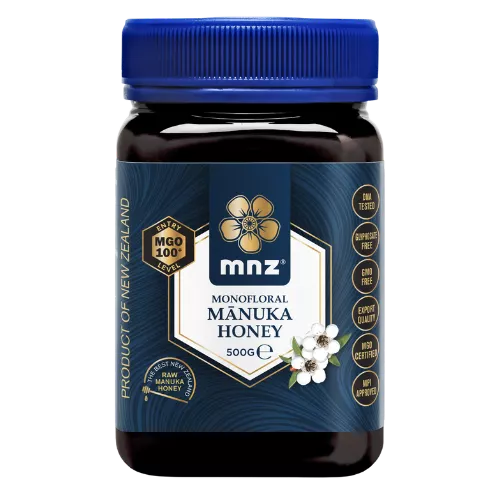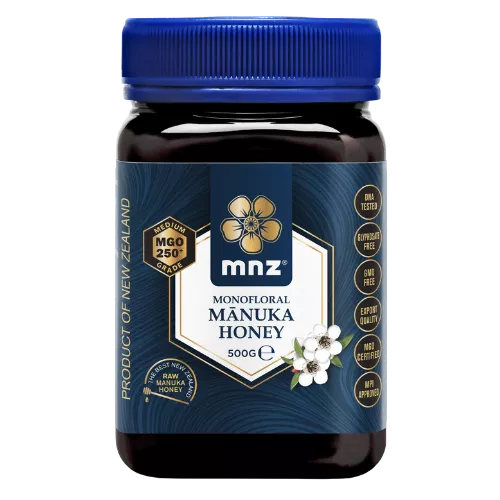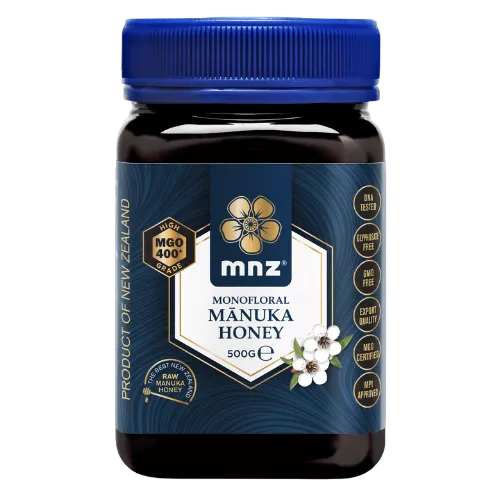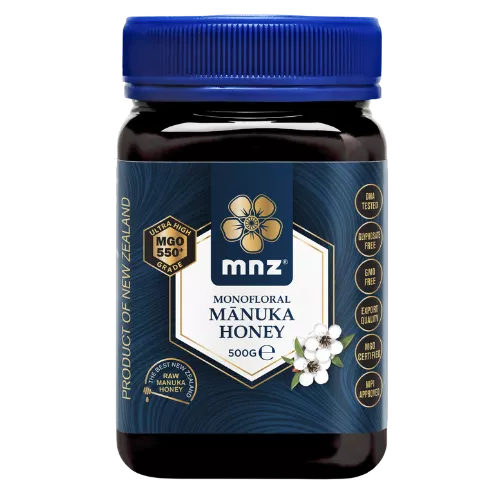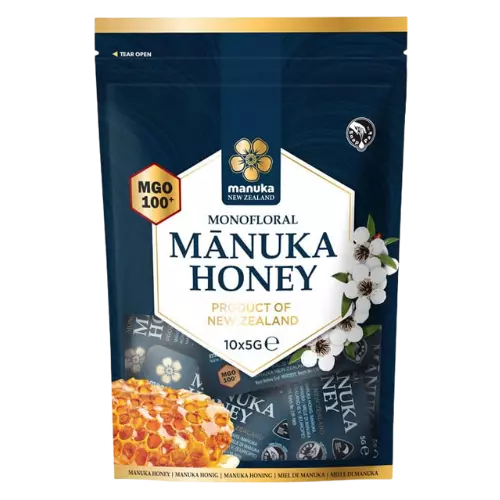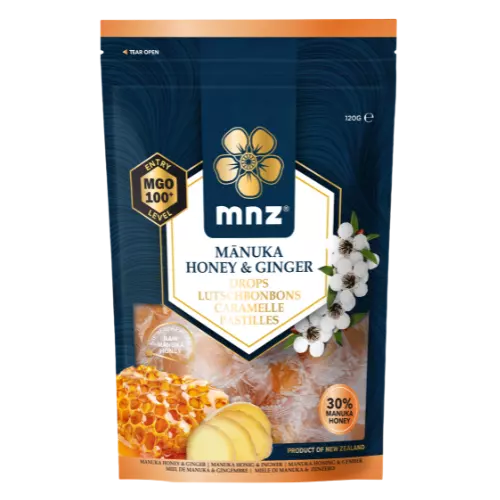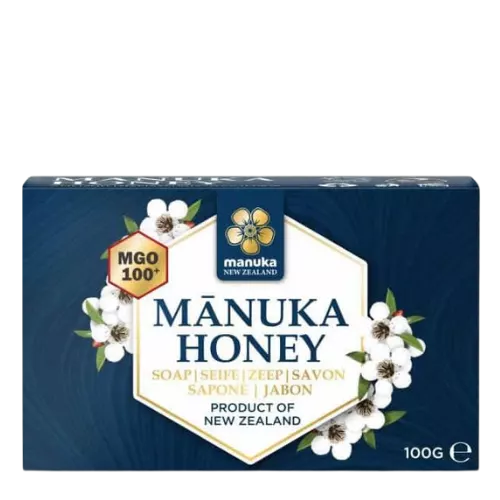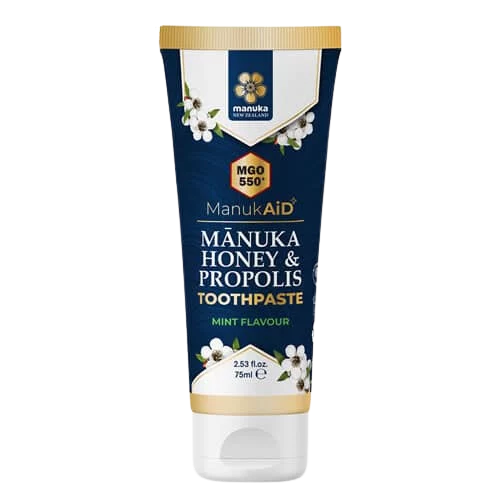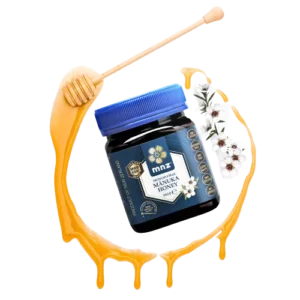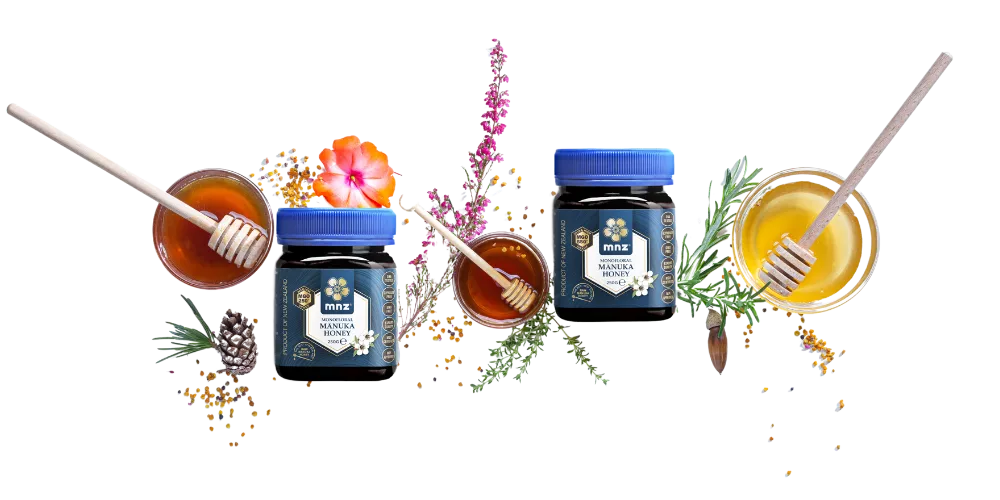What is Manuka honey?
Manuka honey (from the Leptospermum Scoparium) is the first type of honey that has been extensively researched is recognized for its high-quality, natural bioactivity. This rare honey is only produced for a few weeks a year when the Manuka tree is in bloom. Manuka nectar provides the special natural compounds that make Manuka honey one of the most prized honeys – a combination of the ancient properties of honey and the powerful properties of the New Zealand Manuka tree. Manuka honey owes its complexity to the unique New Zealand environment and the unique location of New Zealand. New Zealand’s natural ecosystems, clean waters, clean air and diverse weather conditions have created robust plants and trees (such as the native Manuka tree (Leptospermum Scoparium)) that thrive by adapting.
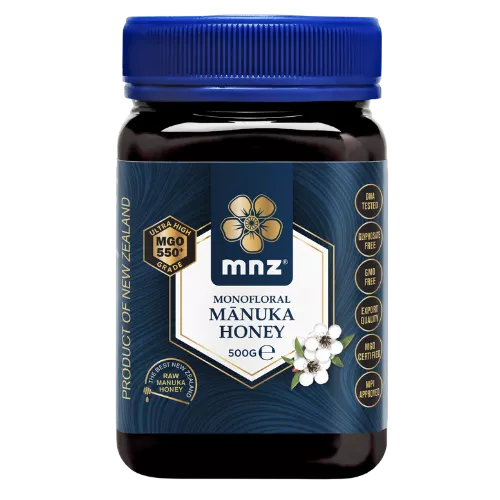
Who is it for, who can use it?
New Zealand Manuka Honey is the only 100% natural food in the world that has been scientifically proven to have an high-quality, natural bioactivity and is known worldwide as one of the most special foods and is suitable for everyone from 1 year old. Manuka Honey has a moderate glycemic index of 54-59 allowing diabetics to still benefit from Manuka Honey in careful management of blood sugar levels. Manuka Honey is also suitable for animals.
Why raw manuka honey?
Raw manuka honey is exactly as nature intended Manuka Honey; pure, raw, unprocessed, unpasteurized and unheated. Vitamins, minerals and nutrients remain intact, contains a higher natural enzyme content and high amino acid profile, thicker consistency, slightly grainy texture, incredible aromas and natural flavor profile. Read more about the difference between raw and creamed honey.



